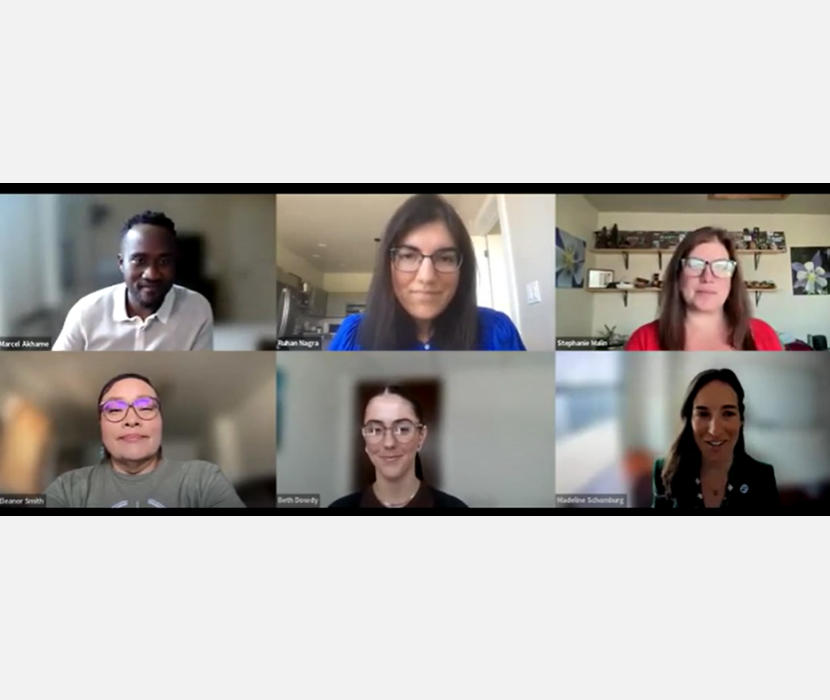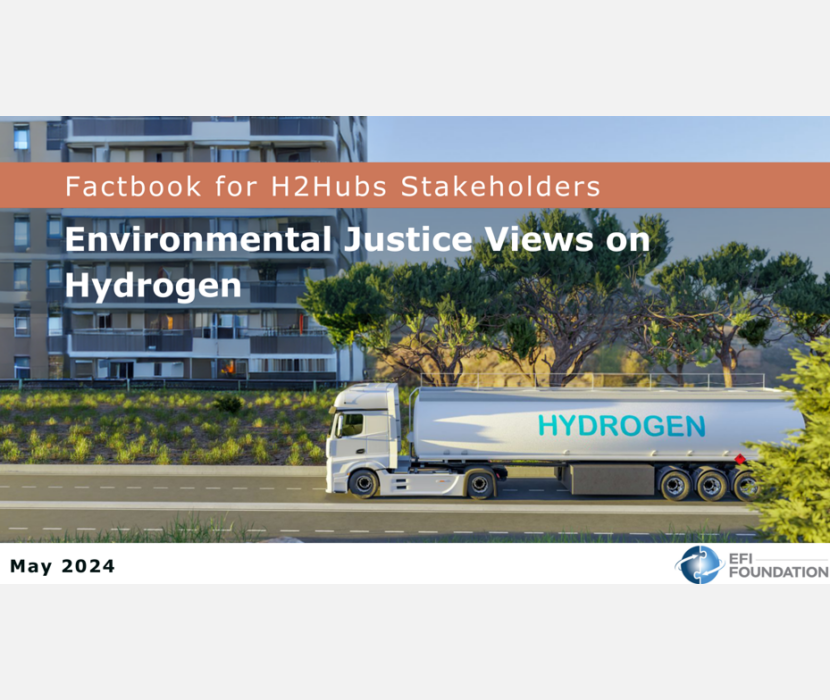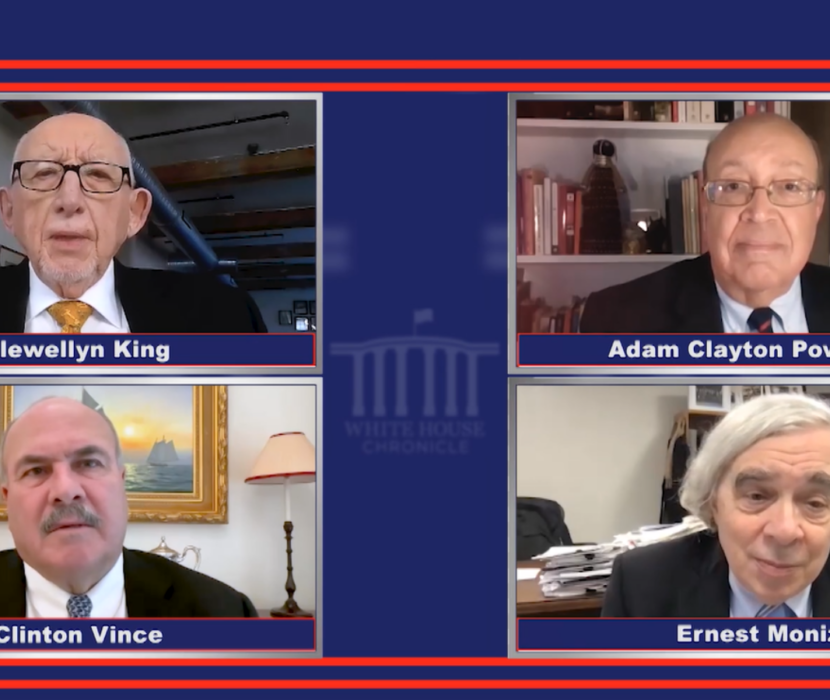
(Photo credit: EyeEm, Freepik)
Power plants, pipelines, and fracking pumps—these and other energy infrastructure generate our electricity but have come with serious side effects for some communities.
Take the town of Hinkley, California, for example, the subject of the biographical film “Erin Brockovich” that starred Julia Roberts. In the film and in real life, Brockovich sued Pacific Gas & Electric on behalf of Hinkley residents after she discovered the link between carcinogenic chromium and the unexplained, widespread illness among the town’s residents. Hinkley residents had developed a range of serious health problems from severe nosebleeds to cancer. The culprit? Chromium-6 was used in a cooling tower that the utility had constructed along with a natural gas compressor station. Chromium-laced wastewater was routinely discharged and then percolated into the groundwater, poisoning residents.
“Corporations in communities need to be better neighbors,” Brockovich once told the Huffington Post. “See, communities want jobs. They don’t want a company to go away. They work for those companies. That’s how they feed their families, send their kids to college. But they don’t want to be poisoned either.”
The U.S. Department of Energy (DOE) had the same idea and has required all companies applying for recent funding—including for clean hydrogen—-to submit a Community Benefits Plan of how they would ensure benefits to the communities in which their projects would be sited. The idea is that new industries for new clean energy technologies are a clean-slate opportunity to get things right from this start.
EFI Foundation Study
DOE’s deepened focus on community engagement plans is new, so the EFI Foundation set out to complement DOE’s efforts by surveying communities where potential clean hydrogen hub projects would be sited. Our survey was directed at groups of people emphasized in DOE’s community benefits plan guidance and brings out their perceptions of hydrogen, the ways they would prefer that companies and utilities engage with them, and how community engagement can change their view of energy infrastructure projects.
Here are some of our results:
Communities are more positive about hydrogen than we expected.
Madeline Schomburg, who is the EFI Foundation’s Director of Research said in our release event that she and her team saw a high degree of agreement among groups surveyed that hydrogen has potential benefits to a community, such as the potential to create new jobs and solve climate change. Of respondents, 70% and 82%, respectively, reported that it is true that these were potential benefits of hydrogen.
She said they saw a more even split of opinions on whether hydrogen has potential risks, such as eliminating old jobs or prolonging fossil fuel dependence. For example, for the statement, “Hydrogen has the potential to prolong our dependence on the fossil fuel industry” (a concern that has been voiced because some hubs will create hydrogen from natural gas), 36% of respondents chose “True,” 41% of respondents chose “False,” and 23% chose, “I don’t know.”
Schomburg said the positive attitudes on hydrogen may be reflecting a support for green hydrogen, which is inherently seen to have environmental benefits over hydrogen that is currently produced as a byproduct of the oil and gas industry. It may also be that while potential hydrogen projects do overlap with areas where people have been harmed by energy infrastructure in the past, many community members have not had negative experiences that affect how they perceive hydrogen.

from the factbook survey, page 4
But some people don’t know what the impact of hydrogen could be, and more information can help with that.
Schomburg said only 3% of respondents reported that they oppose hydrogen energy, in general. This is lower than her team and many partners have said they would have expected. However, 18% (almost a quarter) or respondents chose “I don’t know” about whether or not they support hydrogen, which means that many were undecided. (Those who chose “support” for hydrogen were 78%.)
In addition, a quarter to a third of respondents said “I don’t know” about whether hydrogen might cause certain negative impacts (see chart below), and respondents from disadvantaged communities (as defined by the Climate and Economic Justice Screening Tool, as used by DOE) were the most unsure.
Of those who said they oppose hydrogen, two responses rose to the top of what might change their opinion. Respondents described the need for more information about hydrogen (such as what the technology is, its safety, and/or its economic viability). Others said they would need hydrogen to have more environmental protections.

Hub developers should engage with communities through public hearings and citizen panels.
EFI Foundation survey respondents were given a list with brief definitions of 14 community engagement methods, including those that are in DOE’s Community Benefits Plan guidebook, as well as additional strategies. They were then asked to choose give that they saw as the most important strategies in terms of which are “most likely to include lots of voices in decision-making and lead to real benefits to you and your community,” (factbook page 28).
Two engagement methods rose to the top: citizen panels and public hearings. Schomburg said these preferences held true across regions when analysts aggregated survey results by the regions of DOE’s selected hydrogen hubs. A citizen panel is a group of people who represent all different kinds of people in a community and who are chosen to discuss an issue and make recommendations on how to proceed. Public hearings are formal, in-person meetings where questions from community members are recorded. Schomburg said hubs should employ these tactics early on so that their engagement with communities can shape the projects.
As of the factbook’s release, all of DOE’s seven selected hydrogen hubs have publicly announced that they will use citizen panels as part of their community engagement processes. These decisions came about with some influence from the EFI Foundation. Only one of the selected hubs has made a public announcement that they will use public hearings.

Binding agreements are also worthwhile—they increase the confidence of communities that they will see benefits from hub projects.
Schomburg said respondents who were more familiar with hydrogen and Community Benefits Plans had an increased confidence that their community would see benefits if hub developers follow the Community Benefits Plan guidance.
Several hub groups have started using binding agreements that make it legally enforceable that hubs guarantee certain benefits to communities. Respondents were overwhelmingly more likely to support a hydrogen hub project with a binding agreement than without it. Schomburg said this favorability increased the more that respondents were familiar with hydrogen and the Community Benefits Plan process. Schomburg said that five of the seven hubs have publicly announced plans to utilize binding agreements in their community engagement processes.

To learn more about our survey results on building stronger community engagement in hydrogen hubs, take a virtual flip through our factbook (or read our summary on the landing page), read our summary of our factbook release event, or watch our event recording.
–Alicia Moulton (Deputy Director of Communications)
with contributions from Madeline Schomburg (Director of Research)
(Share this post with others.)




